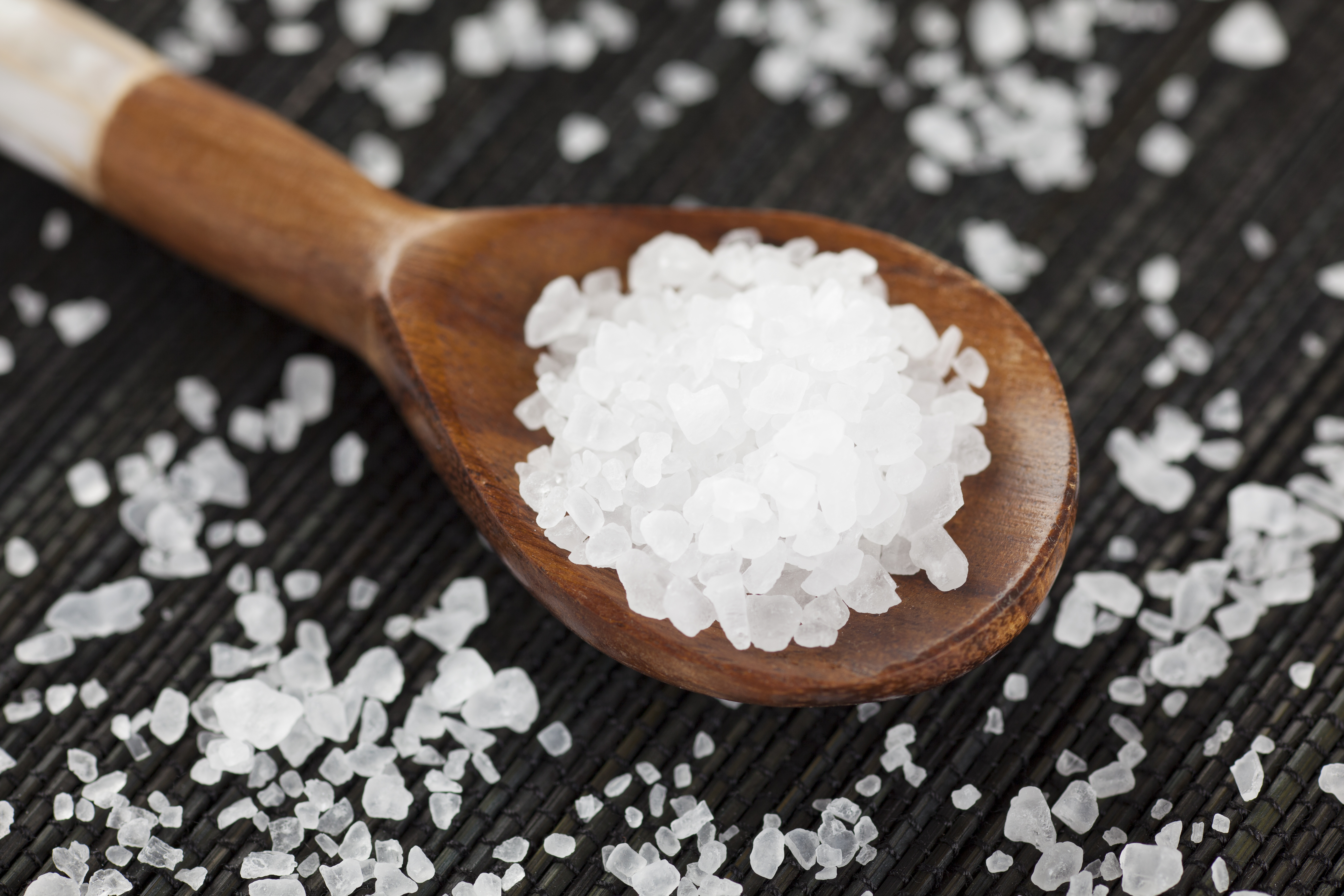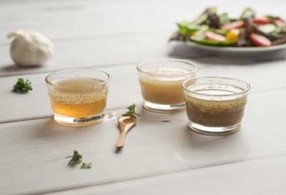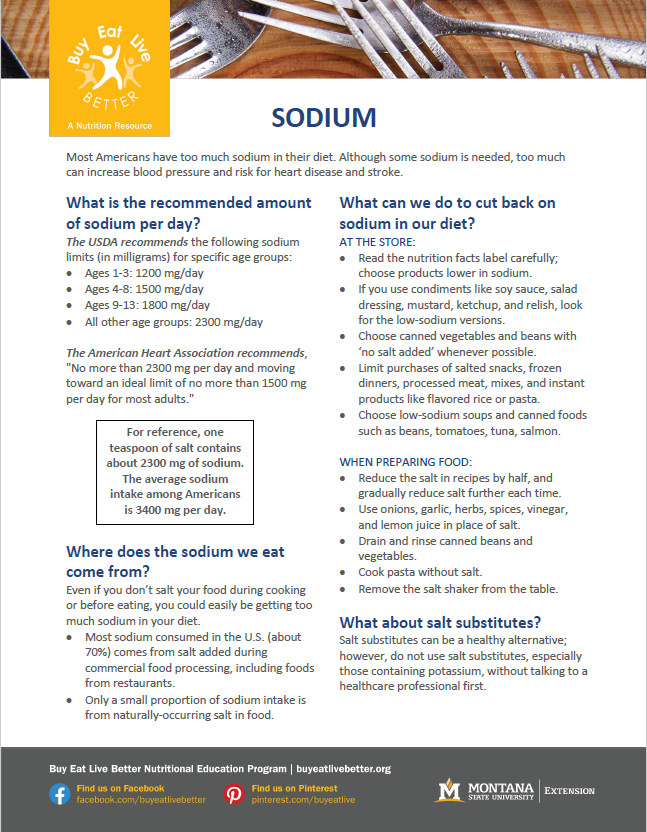Sodium

Most Americans have too much sodium in their diet. Although some sodium is needed, too much can increase blood pressure and risk for heart disease and stroke.
What is the recommended amount of sodium per day?
The USDA recommends the following sodium limits (in milligrams) for specific age groups:
- Ages 1-3: 1200 mg/day
- Ages 4-8: 1500 mg/day
- Ages 9-13: 1800 mg/day
- All other age groups: 2300 mg/day
The American Heart Association recommends, "No more than 2300 mg per day and moving toward an ideal limit of no more than 1500 mg per day for most adults."
For reference, one teaspoon of salt contains 2300 mg of sodium. The average sodium intake among Americans is 3400 mg per day.
Where does the sodium we eat come from?
Even if you don't salt your food during cooking or before eating, you could easily be getting too much sodium in your diet.
- Most sodium consumed in the U.S. (about 70%) comes from salt added during commercial food processing, including foods from restaurants.
- Only a small proportion of sodium intake is from naturally-occurring salt in food.
What can we do to cut back on sodium in our diet?
- Read the nutrition facts label carefully; choose products lower in sodium.
- If you use condiments like soy sauce, salad dressing, mustard, ketchup, and relish, look for the low-sodium versions.
- Choose canned vegetables and beans with 'no salt added' whenever possible.
- Limit purchases of salted snacks, frozen dinners, processed meat, mixes, and instant products like flavored rice or pasta.
- Choose low-sodium soups and canned foods such as beans, tomatoes, tuna, salmon.
- Reduce the salt in recipes by half, and gradually reduce salt further each time.
- Use onions, garlic, herbs, spices, vinegar, and lemon juice in place of salt.
- Drain and rinse canned beans and vegetables.
- Cook pasta without salt.
- Remove the salt shaker from the table.
What about salt substitutes?
Salt substitutes can be a healthy alternative; however, do not use salt substitutes, especially those containing potassium, without talking to a healthcare professional first.
What is the difference between salt and sodium?
Sodium is a component of salt. Table salt is 40% sodium and 60% chloride.
How much lower in sodium are 'low-sodium' versions of foods?
Lower- and higher-sodium versions of similar foods can be very different in the amount of sodium they contain. The table below shows some examples:
|
AMOUNT
|
REGULAR FOOD ITEM
|
SODIUM (mg)
|
LOW-SODIUM FOOD ITEM
|
SODIUM (mg)
|
|---|---|---|---|---|
|
1 cube
|
Bouillon
|
960
|
Bouillon, unsalted
|
3 |
|
1 large
|
Pickle
|
1425
|
Cucumber
|
1
|
|
1 cup
|
Tomato juice |
878
|
Tomato juice, unsalted
|
14
|
|
1 cup
|
Tomato soup
|
932
|
Tomato soup, low-sodium
|
34
|
|
3 ounces
|
Deli turkey slices
|
775
|
Turkey, roasted without salt
|
87
|
|
1/4 cup
|
Peanuts, salted
|
246
|
Peanuts, unsalted
|
2
|
|
2 tablespoons
|
Peanut butter
|
150-250
|
Peanut butter, unsalted
|
0
|
How much sodium is in homemade food?
Use the table below to figure out how much sodium will be in each serving when cooking or baking. For example, a recipe that serves 4 and calls for 1 teaspon of salt will contain 580 milligrams of sodium per serving from the salt. (This number is in bold in the table.) Keep in mind that this table only shows you the sodium from table salt in the recipe. Other ingredients, like broth or soy sauce, may also contain sodium.
Featured Recipes
Spaghetti with Spaghetti Seasoning MixBrown ground beef in a frying pan or skillet.Add tomato sauce and seasoning mix.Cook for 10 to 15 minutes or until steaming hot. Serveover cooked noodles. |
 |
Vinaigrette Dressing VariationsCollect and measure all ingredients before starting to prepare the recipe.Combine all ingredients in a small container with a lid and shake well or combine in a small bowl and whisk until smooth.Allow to stand for 10 minutes so flavors blend together.Store for up to 2 weeks in a sealed container in the refrigerator.Contents may separate when stored. Shake or stir to re-mix. |
 |


 You may require
You may require